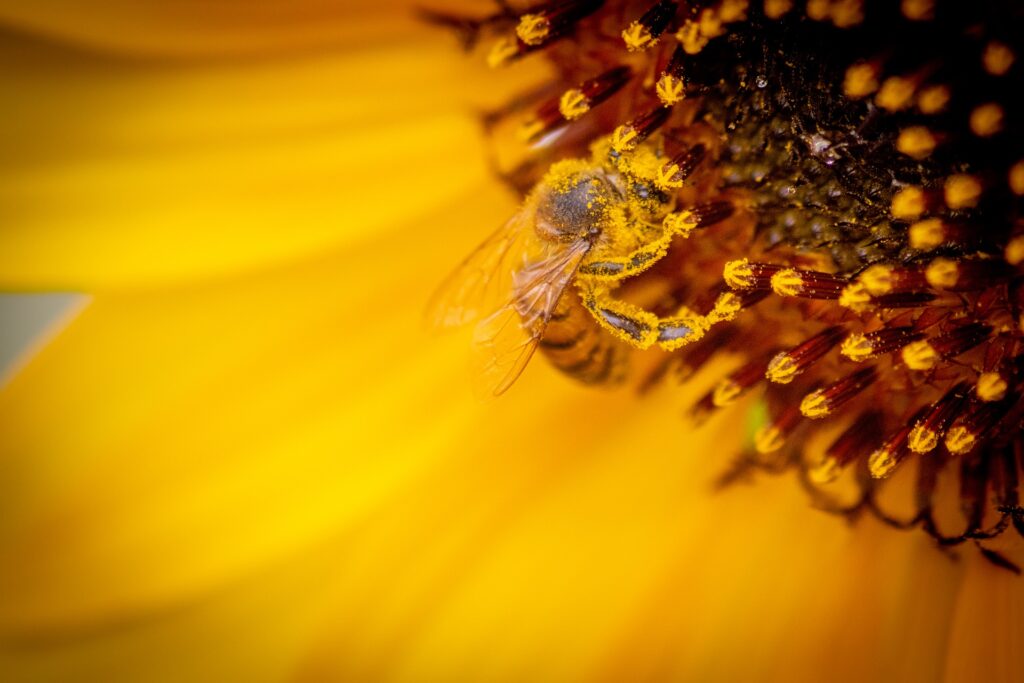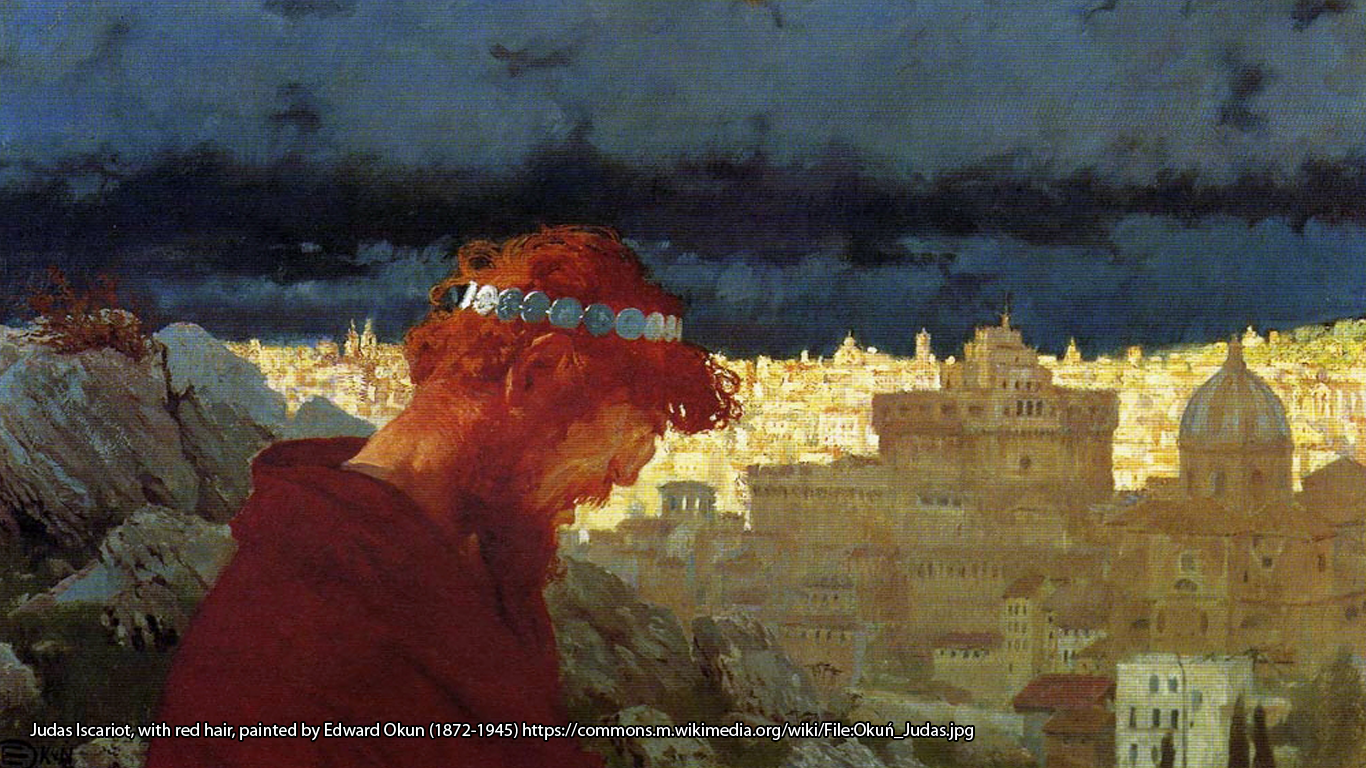Mark Norman shares an extract of his new book, Telling the Bees and Other Customs: The Folklore of Rural Crafts, from The History Press.

The collecting of honey and the keeping of bees has always been a very important undertaking. We have already established how far back in history we can find practical examples of beekeeping; for this reason, we naturally find a plethora of bee superstitions in the folklore record, some of which are still followed to this day. It is always better to try and ensure good luck than take a risk, after all. Possibly in part because of the ideas of the beehive as being reflective of society, some superstitions relate to the importance of treating bees as part of the family. The most well-known of these is probably the practice of ‘Telling the Bees’ of the death of a loved one, or other significant event in one’s life. Because it is usually associated with a family death, some think that ‘telling the bees’ may come from the Celtic ideas already discussed surrounding bees and the soul. It isn’t possible to make this link for certain, but we can say that the idea became most common during the eighteenth and nineteenth centuries. We find evidence of it happening in both America and Europe – it was well recorded in New England, and so may have travelled to America with the settlers. Quaker poet John Greenleaf Whittier titled a poem written in 1858, ‘Telling the Bees’, and this gave a good example of the practice. Imparting the news of a death to the bees was done on a hive-by-hive basis. The beekeeper would first knock on the hive before telling the news of the death, and the hive would also be covered by a black cloth or similar piece of material for the period of mourning. In some examples, the bees were sung to rather than spoken to. Author Tammy Horn, who keeps bees herself, notes that in New Hampshire at least, the verses of the song must also rhyme. She also notes another custom relating to death. When a family suffers bereavement, the eldest son should move the hives to show that a change has taken place. In some cases they are moved to the right; in others they are turned to face the door of the family home. This ritual was known as ‘ricking’. We still find rituals and customs such as ‘telling the bees’ taking place to this day. As recently as the last fifty-or-so years, we find people suggesting that these practices still take place in rural areas because of firm beliefs, but it is often more likely that they are done out of a sense of tradition. In this case, noted from a British newspaper in the middle of the twentieth century by folklorist E.F. Coote Lake, both are mentioned:
A man went up to a beehive in a country garden yesterday, knocked three times, and said: ‘The master is dead. The master is dead.’ The master was Mr Ernest Langley, of Burton Latimer, Northants, who died in hospital. Before he died, he asked his friend Mr J.C. Lutener to tell his bees of his death – an ancient custom among beekeepers. Mr Lutener, chairman of the Kettering Beekeepers’ Association, of which Mr Langley was a member, said: ‘Mr Langley firmly believed in the custom, and said that if the bees were not told they would leave the hive … Mr Langley was very much a man of the country and liked to keep up country customs. I was glad to do it because it was his wish.
It was thought to be extremely bad luck to ignore the bees and not tell them of a death or other big family event. To not do so would mean that the bees would either depart the hive, or perish altogether. One story from the end of the nineteenth century tells of a man from Norfolk who purchased a hive of bees at an auction. Upon getting them home and finding them looking very weak, he suspected that they had not been allowed to mourn the death of their former owner. The story says that after draping the hive in black for a period of time, the bees recovered. Was this the problem or not? Even within the spheres of folklore there could be other reasons why the bees suffered problems. The man in question had bought the hive at auction, yet other beliefs say that a hive will not produce honey if you pay for the swarm. Payment for bees should be made in honey and comb, rather than in money, or by exchanging another commodity of equal value. Bees are also said to not thrive as part of a family who have lots of arguments, as the animals are peaceful creatures and do not like either the atmosphere or the noise in such a situation, leading to them leaving the hive. For similar reasons, bees are said to have a dislike of swearing. Both of these ideas are found in Britain and in the US. In some areas, if the bees do leave a hive, then another ritual called ‘ringing’ or ‘tanging’ must take place. Generally, a key was hit against a shovel to make a noise that made it clear to neighbours that the owner did not have to respect property boundaries when pursuing the swarm, and hence could follow it wherever was necessary to retrieve it. The term ‘tanging’ derives from the practice of rough music that sometimes replaced bells at a wedding. Singing to bees in their hive is not found solely in relation to death customs, but may also be used as a means to try and encourage production. This often draws on the Christianised or religious elements of the swarm charms mentioned earlier in this chapter. In both England and Germany, for example, hymns or psalms would be sung to the bees in the apiary to make them produce more honey. Sometimes, the bees might even try to sing themselves … in a way. In Christian societies it was said that the bees would hum loudly on Christmas Day in celebration of the birth of the saviour. In some Catholic areas, particularly in America, the sacred wafer was placed near the beehives in order to try and increase the honey production. In Cornwall, however, which has much stronger Celtic roots, this was considered to be sacrilegious. The county did have some Christianised customs relating to bees, however. Amongst these was the belief that the animals could only be moved on Good Friday. If bees did swarm, then this would carry its own set of beliefs with it. These beliefs were often contradictory, depending on the area where they were recorded. For example, some lore in Wales notes that it is unlucky if a swarm entered your house, as this was thought to presage death. However, other lore records that it is lucky if it enters, but unlucky if it leaves. In some areas it was said to be a bad omen if a swarm settled on a dead branch. This would bring death for the witness, or for the family of the beekeeper. In other places the same portent was true if the bees landed on the roof of a house. In still other examples, bees nesting on a house prevented marriage. When it comes to not getting stung, however, the prevention of marriage may have had its advantages, as it was said that bees responded very favourably to chastity! It used to be believed in some areas that a girl who could walk through a swarm of bees without getting stung was protected because she was a virgin. It was also thought that bees would not sting babies.
In both England and America, we find other beliefs relating to who may or may not get harmed by bees. These all seem to tie in with the ideas of the bee liking peace and harmony. In Maryland, it was recorded that bees would not harm anyone who showed a good disposition. And in England, it was recorded in William Ellis’ 1750 book Modern Husbandman that:
All that keep bees should love them, for these hate those that hate them. A farmer’s wife loved them very much, but her husband hated them; they would sting him, but not her.
Ellis came from the county of Hertfordshire, where he farmed at Little Gaddesden, and so it is safe to assume that
this and the many other pieces of folklore and proverbs that he recorded would have been local to his area. This is true of the case of a well-known proverb:
A swarm of bees in May is worth a load of hay; But a swarm in July is not worth a fly
which Ellis expands upon by adding a local variant from his area:
A swarm of bees in May Is worth a cow and her calf, and a load of hay
This proverb is not only well known, but also well travelled, being found as far apart as Dorset in England and New York State in America. As noted earlier, it would most likely have travelled there with settlers and, in both cases, it also includes extra lines for the month of June:
A swarm of bees in June Is worth a silver spoon
On 3 March 1961, a very strange swarming incident was recorded in an article in the Shrewsbury Chronicle. Folklore collector E.F. Coote Lake again recorded this in an article for Folklore, the journal of the Folklore Society:
Sam Rogers, who died suddenly six weeks after his retirement as Myddle’s postman, a job he held for forty-one years, was devoted to his bees. At his death his children carried out the old traditional custom of walking round the fourteen hives ‘telling the bees’, to stop them, as legend has it, flying away. On the day after his funeral a memorial service was being held in the church when it was noticed that swarm after swarm of bees were coming from the direction of Sam Roger’s home in Lower Road, Myddle, a mile and a half away as the crow flies. They settled in a great swarm all over the flowers on the grave to the astonishment of the congregation when they came out from the service. They thought it fantastic.
The rector, the Rev J.C. Ayling told the Chronicle ‘It was a remarkable sight. The bees were clustered all over the grave. The only logical reason, I suppose, is that the flowers on the grave attracted them.’ But experts are puzzled by this behaviour, because at this time of year bees are still sluggish and rarely fly from the hives. The chairman of the Shropshire Beekeepers’ Association, Mr H.D. Pocock, said it was unusual for bees to fly such a distance at this time of year, he had never heard of anything like it before – perhaps the flowers on the grave attracted them. But it was very odd; perhaps it was a result of the children ‘telling the bees’. By nightfall the bees had all flown back to their hives in the cottage garden where Sam Rogers had looked after them for so many years. Mrs Lilian Hayward of Church Stretton, Shropshire, had three letters from correspondents bearing out the newspaper item.
Win a copy of Telling the Bees and Other Customs: The Folklore of Rural Crafts by Mark Norman
The wonderful folks over at The History Press have offered a copy of Mark’s amazing new book about rural crafts for a lucky #FolkloreThursday newsletter subscriber this month, with a copy also going to one of our Patrons!*
‘Throughout the history of civilisation, traditional crafts have been passed down from hand to skilled hand. Blacksmithing, brewing, beekeeping, baking, milling, spinning, knitting and weaving: these skills held societies together, and so too shaped their folklore and mythology.
Exploring the folklore connected with these rural crafts, Telling the Bees examines the customs, superstitions and stories woven into some of the world’s oldest trades. From the spinning of the Fates to the blacksmith’s relationship with the devil, and the symbolism of John Barleycorn to a ritual to create bees from the corpse of a cow these are the traditions upon which our modern world was built.’
Sign up for the #FolkloreThursday newsletter to enter (valid June to September 2020; UK & ROI only).
The book can be purchased here.
(*For an extra chance to receive copies of the latest books and folklore goodies, become a #FolkloreThursday Patron!)





